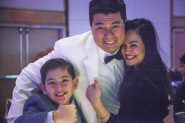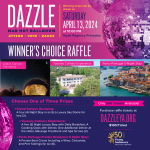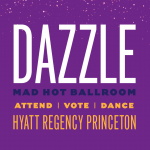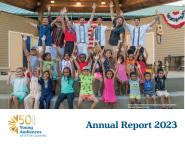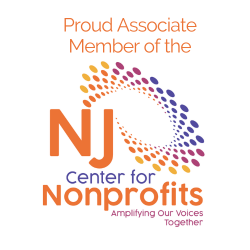Voice of APLI Blog: Creating Safe Spaces for LGBTQ+ Voices
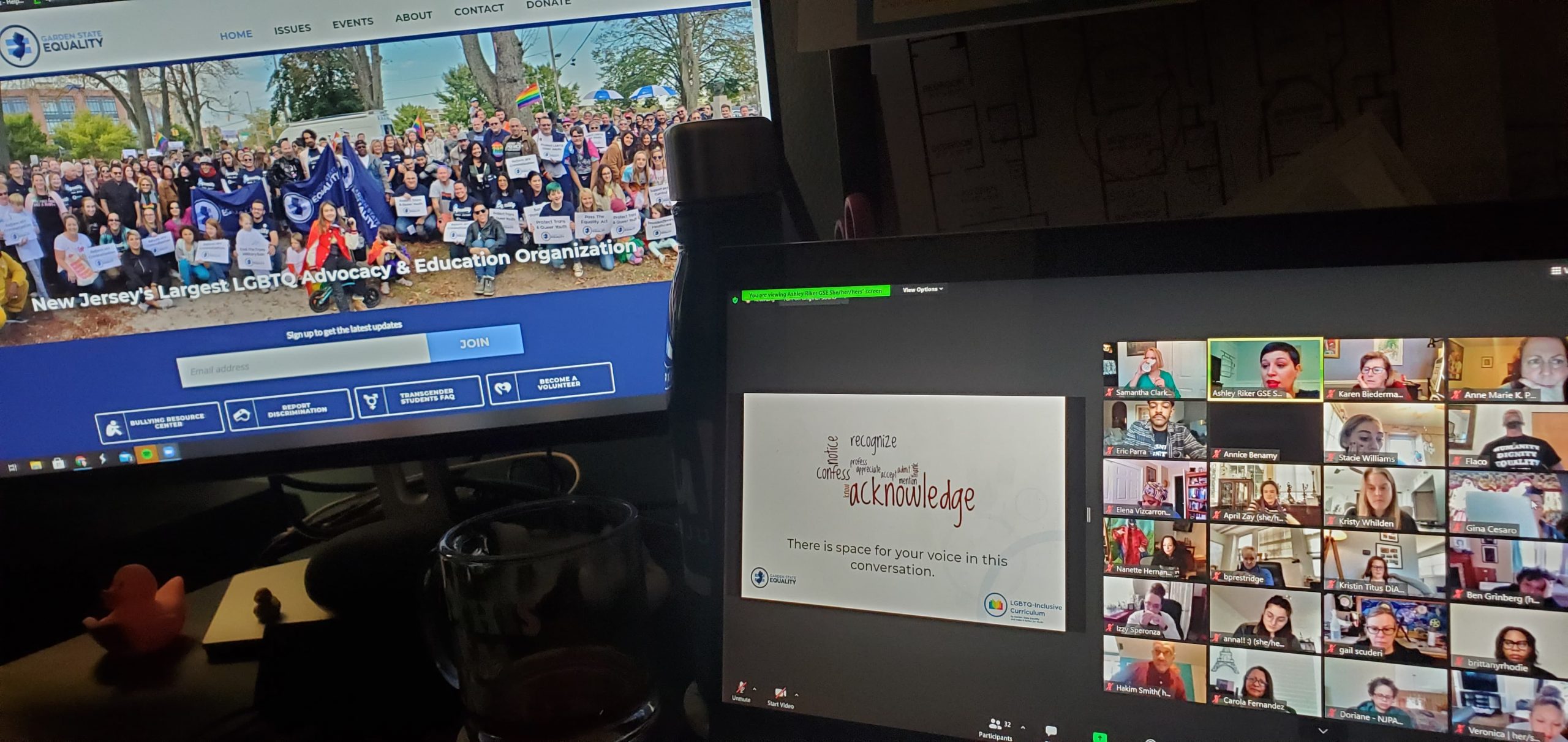
By: Summer Dawn Reyes
We can’t help it, we often only see what’s in front of us and around us — ourselves, our families, other people like us. And to think of other experiences is, well, very other.
At least that’s the norm. But as someone whose identities are, at least in America, very other — BIPOC, woman-identified, queer — my norm is being in a room with other people who talk abstractly about people like me like I’m not even there.
That’s also the typical experience of LGBTQ+ students — those who identify as lesbian, gay, bisexual, trans, queer or questioning. Really, this means anyone who otherwise does not fit in with the social norms and expectations in terms of their gender identity, gender expression or sexual orientation.
Presenter Ashley Riker of Garden State Equality, who masterfully built a behemoth presentation from the foundation up, defined these three factors in a simple, easy-to-understand way.
– Sexual orientation is who you want to spend your life with
– Gender identity is who you are and who you spend your life as
– Gender expression is how you show people who you are
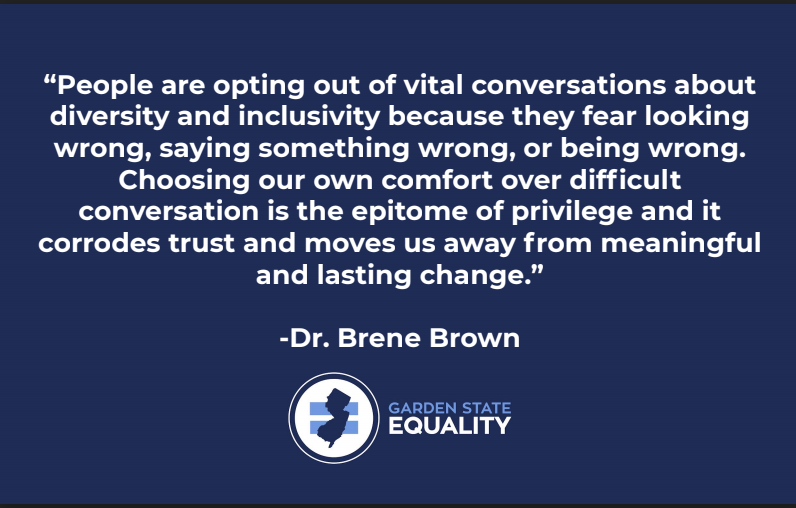 She had other simple, informative definitions for everything LGBTQ+ 101 (to get educated, check out the Garden State Equality website or her educational website, Teach.lgbt.)
She had other simple, informative definitions for everything LGBTQ+ 101 (to get educated, check out the Garden State Equality website or her educational website, Teach.lgbt.)
For me, most of this knowledge was not new. As a bisexual/queer-identified woman, I knew that I was being discussed. As a student, I remember having crushes on Disney princesses and other girls in my class and not quite realizing what I was experiencing, but still knowing somehow that I was different. As someone attracted to the “opposite” gender as well (a misnomer, as we all now know the gender binary doesn’t exist — it’s a full spectrum), I had the privilege of flying under the radar and being able to fit in, gushing with other girls over the cutest boys in class. Even as an other, I was a lot closer to the norm than some other folx in the queer community, like Ls, Gs and Ts.
So even though I didn’t learn a lot of new vocabulary words during this presentation, my eyes were opened in different ways. For example, Ashley helped us think about LGBTQ historical figures that could be incorporated into our teaching, especially activists like Bayard Rustin, Marsha P. Johnson, Sylvia Rivera and Pauli Murray or artists like Walt Whitman and Frida Kahlo.
She showed us different ways we could boldly, courageously share the experiences of these individuals as a way to educate students about LGBTQ lives and contributions. As a way of showing queer students thriving reflections of themselves, and as a way of showing cis/het (cisgender, or identifying as the gender they were assigned at birth; heterosexual) students a truer picture of the world around them.
Most importantly, we talked about some of the reasons creating LGBT-inclusive lesson plans and teaching really matters. For example, LGBTQ youth are THREE TIMES more likely to have poor mental health when compared to their cis/het peers. They are also at a larger risk for depression, substance use, PTSD, eating disorders, obesity and anxiety.
The most alarming stats for me were tied to suicidality and homelessness. LGBTQ+ youth are FIVE TIMES more likely to attempt suicide; this includes transgender folx, 40% of whom report having made a suicide attempt — 92% before age 25. About 40% of homeless youth are LGBTQ and most have been kicked out by family that refuse to accept them.
For these students, a supportive environment at school — even if it is just one safe space in one teacher’s classroom — can be literally life-saving.
As teachers, and especially as arts educators, it’s absolutely critical that we give students an opportunity to see themselves — and those not like them — in the work we do in the classroom. And it’s even more important for us to support those for whom school can be a shelter.
_________________________________________________________________________________________________________________________About the 2021 Voice of APLI: Summer Dawn Reyes
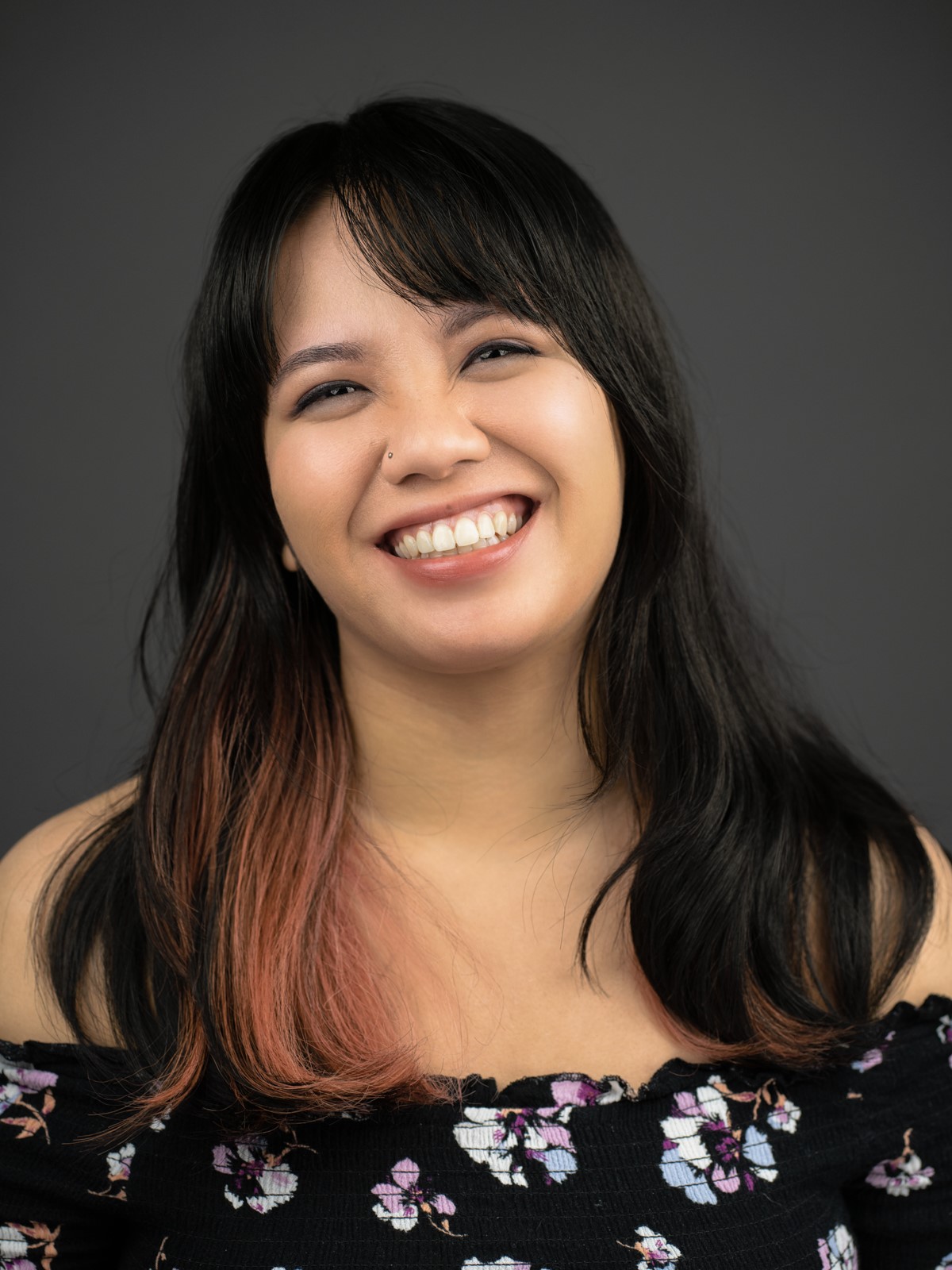
Summer Dawn Reyes, Photo credit: Acid Test Photo
Summer Dawn Reyes is a playwright, director, production manager, teaching artist and actor. Her work has been highlighted in numerous festivals including the Downtown Urban Theater Festival, the New Jersey Young Playwrights Festival, FringeNYC and more. She is also the founder and director of Thinking In Full Color, an organization that empowers women of color through education and the arts. TIFC has received two commendations from the New Jersey State Assembly and the inaugural Jersey City Arts Council’s Performing Arts Award. Summer is also the co-founder of 68 Productions and the winner of the Permanent Career Award in Literature from the Society of Arts and Letters-NJ and the N.J. Governor’s Award in Arts Education. Summer loves karaoke, rubber duckies and crosswords. She’s also a big fan of modern dance and genetics. She is married to a very tall Greg and the proud stepmom of a slightly smaller one. For more information, visit ThinkingInFullColor.com or follow her @thinkinginfullcolor
Summer will be sharing her experiences throughout the APLI program year.
The Arts Professional Learning Institute is a co-sponsored project of the New Jersey State Council on the Arts and Young Audiences Arts for Learning NJ & Eastern PA. It is generously supported by the Grunin Foundation and Geraldine R. Dodge Foundation.



